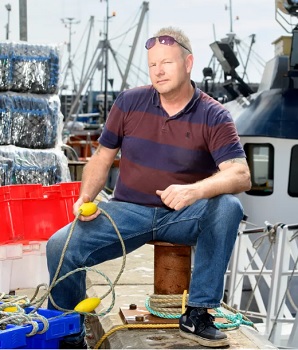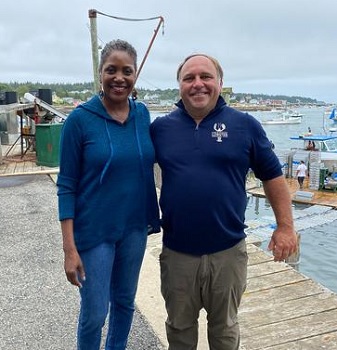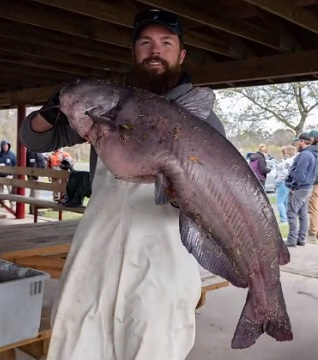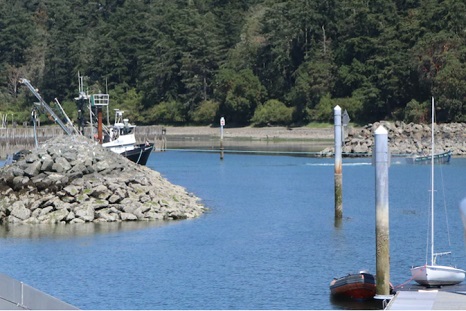Daily Archives: September 3, 2022

Offshore wind could blow us out of the water say Cornish fishermen
As the fishing boat motors gently out of Newlyn’s harbour, the sky is clear and the sea is millpond-flat. Below the surface, the clear waters are teeming with life; Newlyn, in south-west Cornwall, is home to one of Britain’s largest trawler fleets, with more than 100 boats regularly landing catches. However, miles out to sea, a storm is brewing. The boats’ fishing ground could end up being squeezed by floating windfarms planned for the Celtic Sea, an area of the Atlantic bordered by Cornwall, south-west Wales, southern Ireland and the north-western edge of France. >click to read< 15:32

On air with Stonington lobster! QVC network features Greenhead’s tails
“I love lobster, first of all, and this is a part of the country I’ve never been to. In the spirit of exploration of our beautiful country, I am happy to be here,” said Jayne Brown, program host of the West Chester, Pennsylvania-based QVC television network. “Hugh is a doll, too. I love him,” added Brown. Brown was in Maine August 22-25, along with a crew of roughly 16 people, to shoot a remote production featuring lobster tails from Greenhead Lobster in Stonington. The “Hugh” to whom Brown is referring is Hugh Reynolds, Greenhead owner and operator for the past 25 years. Photo gallery, >click to read< 12:20

This invasive fish population is exploding as native Blue Crab populations hit record lows.
The invasive species in question is the blue catfish, a species so large it has become known as the “River Monster of the Potomac ” and other major Chesapeake Bay tributaries. The catfish’s diet includes native Blue Crabs. A November 2021 study from the Virginia Institute of Marine Science reports the catfish consumed as many as 2.3 million crabs per year from a study area in the lower James River. The first blue catfish were intentionally imported into the James River in Virginia during the 1980s. The species is native to the Mississippi valley. The fish are huge and consume almost any other species of wildlife they can encounter, catch and swallow, including crabs and other shellfish, Love said. Researchers have found the blue catfish will even eat ducks. >click to read< 07:59












































